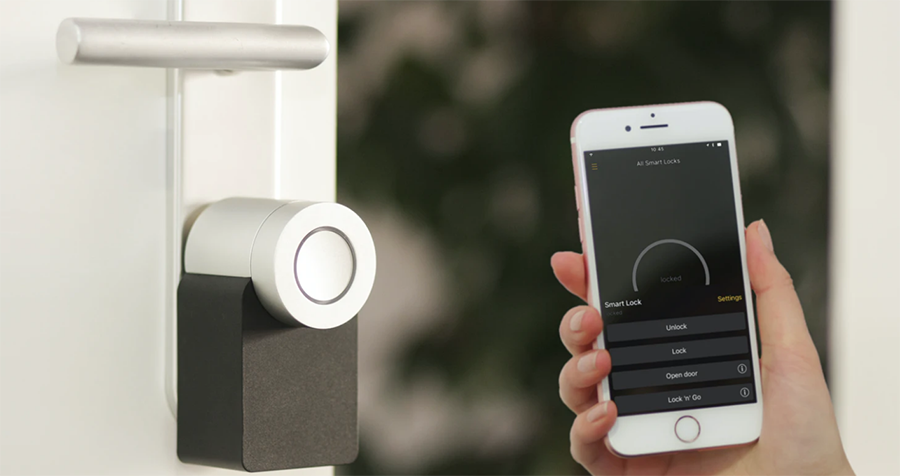So, let’s answer the big question first. Why do you need sales forecasting?
Well, it works similarly to any other forecast.
Like the weather forecast helps you pack up your umbrella on a day predicted for rain, sales forecasting helps you prepare for whatever you are to expect the next year/financial quarter.
For example, it might help you brace for an economic depression, or hire more staff if you are predicted to acquire more customers than you can handle with your current workforce.
These are not the only ways sales forecasting is useful. Forecasting can also give you a real-time comparison of how better/worse you are doing compared to the predictions.
So now that you know a little bit about sales forecasting, well then, what is it?
Sales forecasting is the process of estimating how well your company will do in terms of revenue or prospective transactions signed based on the performance of your sales staff.
This estimate enables your organization to forecast its performance while accounting for any gaps in budgeting or personnel modifications.
Here are three things you need to have before you start your sales forecast –
- A good amount of useful data
A sales forecast is only as good as the relevance and quality of data you are feeding it. It is extremely important for your company to acquire data that will help make accurate predictions. If you are a company that is just starting out and has very little data on your own sales, then you might need to rely on other companies on already available predictions or standards or might even need to make an educated guess to predict your revenue.
One way to get good quality data for your own company over time is to choose an appropriate sales execution CRM. These CRMs will help capture all data from your lead, and automatically filter out non-useful data for your usage.
If you are a seasoned company, then you can use your historical data to model a forecast.
- Setting realistic goals or sales quotas

You need something to compare your forecast with to know whether you have done well or not so much with respect to your forecast. Therefore, it is important that you set up a sales quota to ensure that profits and revenue continue to grow for your business.
- Knowing your sales pipeline
Knowing your sales pipeline helps forecast your revenue in the coming periods. For example, if you have a lot of leads in the middle of your pipeline, but very little at the top of it, then you know that you will have lesser revenue later.
Starting from the top or building from the bottom?
Before you start forecasting, you need to determine what type of approach you will use to target revenues – top-down or bottom-up.
- Top-down approach –
This is more of an aspirational strategy. Usually, this tactic is used to eliminate your competitors and rule over a greater market share. This strategy can be unrealistic and constraining on your team if your forecast isn’t meticulously planned to incorporate all aspects of your business.
- Bottom-up approach –
Like the name suggests, a bottom-up approach is to build ground up by analyzing your team’s performance. Historical data is used to plan the following year, and input from the sales teams is also considered in the forecast.
This forecast is more realistic and accurate than the top-down method. The leaders understand their team’s potential and the resources required to improve performance. While this method is data-driven, this approach can prove to be conservative in the early stages of your business.
Many companies combine these approaches to get the best result possible. As Aiwin Joshi said, “While forecasting sales, a cookie-cutter template can’t work for every business. Successful businesses aim to balance the top-down and bottom-up approaches so that the outcomes of both forecasts align at a common ground. It is a great way to ensure that your sales targets help your business grow at a realistic rate.”
So many options. What do I choose?
The forecast technique should be chosen depending on the business context, your competitors, the sales team’s performance, and the quality of data available. Even if it is relevant to your business, you need at least a couple of years of data to validate it.
There are five main sales forecasting methods to choose from –
- Funnel Stage Forecasting
- Length of Sales Cycles Forecasting
- Historical Data Forecasting
- Multivariable Analysis Forecasting Method
- Delphi Method Forecasting
You can find out the pros and cons of each method from the diagram below.
Just a model isn’t enough. You need tools
So, you have chosen a model that fits you. That’s awesome! The remaining challenge is that your model should be able to collect relevant data and sales metrics to operate smoothly. The most popular tools to do so are
- Excel:
The most straightforward tool to help with forecasting for any small organization, especially starting out. Using Excel’s essential functions, it is possible to store and process information. Still, as your company grows, there is a higher chance of human errors occurring, leading to inaccurate results.
- Sales Analytics Platform:
Sales analytics platforms help sales forecasting by providing data on team performance. Analytics tools can that collect this data can be integrated with other tools to generate reports.
- Accounting tools:
These tools are useful if you have chosen a top-down approach to forecast your sales. Accounting tools can help business forecast sales based on revenue and integrate the cost of lead data from multiple sources to determine the actual deal size.
- Project management tools:
These tools assist you in analyzing the budgeting and resource allocation required by your teams to meet their objectives. Timesheets and the capacity to track work throughout the project’s lifespan assist managers in efficiently planning the team’s goals. Your company can implement SpiraTeam, which is one of the Jira alternatives on the market.
- CRMs:
A good CRM software is the perfect tool to help you capture all the data you need for forecasting. Some CRMs even forecast for you, making it an excellent tool to look at.
These are the essentials to start adopting your forecasting into your business today. Keep your eye out for our next blog on how you can optimize the best forecasting practices to help your business make better forecasts!










